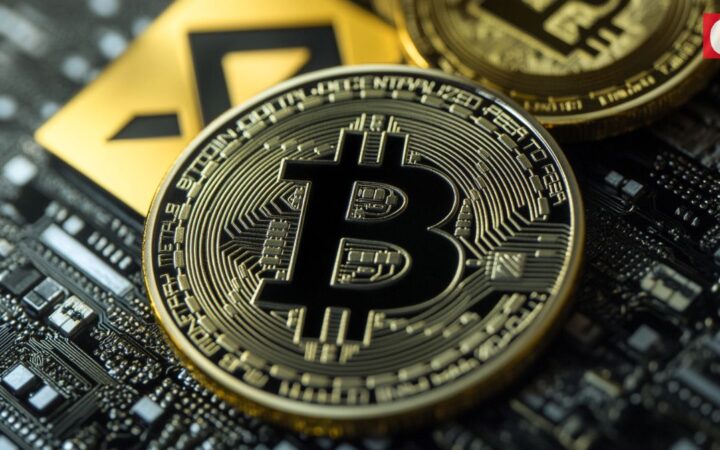
NEAR Foundation Launches AI Cloud, Private Chat for Over 100M Users
NEAR Foundation introduces AI Cloud and Private Chat solutions with hardware-backed privacy. Brave Nightly, OpenMind AGI, and Phala Network have implemented these tools.
Stay ahead of the crypto curve with in‑depth coverage of the digital‑asset ecosystem. Here you’ll find the latest on new coin launches, regulatory shifts, wallet innovations and market movements across major chains. Whether you’re a seasoned trader or just exploring the space, our timely updates offer clarity on the crypto universe’s fast‑evolving landscape.

NEAR Foundation introduces AI Cloud and Private Chat solutions with hardware-backed privacy. Brave Nightly, OpenMind AGI, and Phala Network have implemented these tools.

Franklin Templeton’s Solana ETF debuts on NYSE Arca with ticker “SOEZ,” joining the growing institutional adoption of SOL investment products as total assets exceed $933 million.

CNN has selected Kalshi as its official prediction markets partner, integrating real-time probabilities across TV and digital platforms as both Kalshi and Polymarket compete for mainstream media dominance.

The Zcash Foundation issued a cease and desist to Zcash Strategy over its domain name, dividing the community between those viewing it as scam protection and others concerned about centralization.

Binance has launched the Binance Junior app, allowing children aged 6–17 to save and earn crypto under full parental supervision.

Trump family-backed World Liberty Financial will launch its tokenized product suite in January 2026 amid massive RWA sector growth.

As Bitcoin reserves on Binance continue to drop, many fear it’s a sign of lost faith. However, experts argue it’s actually a bullish trend in disguise.

MetaMask debuts Transaction Shield: a $9.99/mo plan that refunds up to $10K/month if its checks mislabel a malicious tx.

The UK creates a third class of personal property for crypto/stablecoins and clarifies ownership, recovery, estates, and insolvency.

USDe has seen some of its core growth metrics contract in comparison to its counterparts in the stablecoin ecosystem.

Strategy is in discussions with MSCI over whether it still qualifies for key equity benchmarks as analysts warn of billions in forced outflows if it gets removed.

LINK price gained 20% to achieve $14.38, supported by an 84% jump in trading volume, showing strong bullish momentum as the first Chainlink ETF went live.

21Shares has amended its application for Dogecoin ETF with the SEC to include management fee and new custodians.

A sharp rebound across ENA and MORPHO followed the debut of two new 21Shares ETPs, EENA and MORPH.

Bitcoin rebounds back above $90K and risk appetite stabilizes midweek. These cryptos stand out for near-term perspective.